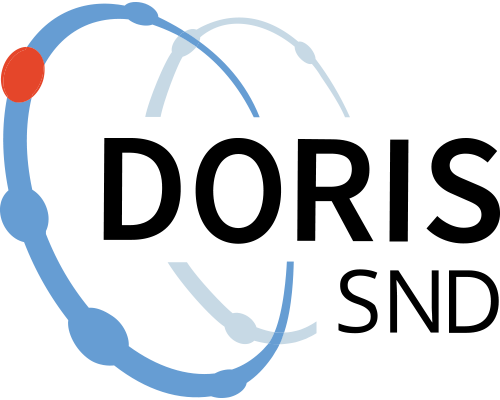The Swedish Adoption/Twin Study of Aging (SATSA) - Swedish Adoption / Twin Study of Aging (SATSA)
The Swedish Adoption/Twin Study of Aging (SATSA) is a longitudinal study where the twin design and the inclusion of twins reared apart makes it possible to study the importance of genetic and environmental factors that may underlie differing aging outcomes. The baseline population consists of all twins from the Swedish Twin Registry (STR) who had been reared apart (TRA), i.e. separated before age of 11 and reared apart, and a control sample of twins reared together (TRT) matched on sex, date of birth, and county of birth.
SATSA started with a survey in 1984 where a questionnaire was sent to all surviving individuals (n=2845). Out of these 2018 responded (71%). Questionnaire data have been collected at nine waves with approximately three-year intervals over a total of 28 years.
A subset of the individuals in SATSA where both twins still were alive, >50 years of age, and had responded to the initial questionnaire, were included for an in-person testing (IPT), which involved cognitive tests and clinical examinations. The first IPT was conducted in 1986-88 where 645 individuals (303 pairs) were tested. Data on 859 individuals have been collected for up to ten waves with approximately three-year intervals over a total period of 28 years.
The aim of SATSA was to study the origins of individual differences in aging and the environmental and genetic factors that are involved.
• The SATSA questionnaires assessed physical and mental health status; selected personality dimensions; activities of daily living; health-related behaviors of smoking, alcohol consumption and legal drug use; early rearing environment, and the adult working, family and social environments. For the TRA subjects, circumstances of separation were also explored.
The IPT included interviews, a health examination including blood pressure and lung function, blood sampling, and tests on functional capacity, cognitive abilities, and memory.
• Physical measures included: blood pressure, pulse, anthropometric measures, lung function, grip strength, physical performances measures for upper and lower body functional activity, and assessment of activities of daily living measures (e.g. turn key in lock, pour a glass of water). In addition, one series of tests was included to determine possible impairment of the cranial nerves. Fasting blood and morning urine samples were also collected.
• The cognitive battery was designed to represent the domains of crystallized and fluid intelligence and memory. The battery included the Mini-Mental Status Examinations (MMSE); Information test, Synonyms test, Analogies test, Figure logic test, Block design test, Card rotation test, Digit span (Forward and Backward) test, Picture memory test, Names and faces test, Symbol Digit test, and Figure identification test. Dementia diagnoses have been assigned following assessment of cognitive performance and review of medical records giving a consensus diagnosis.
The SATSA questionnaires assessed physical and mental health status; selected personality dimensions; activities of daily living; health-related behaviors of smoking, alcohol consumption and legal drug use; early rearing environment, and the adult working, family and social environments. For the TRA subjects, circumstances of separation were also explored.
The IPT included interviews, a health examination including blood pressure and lung function, blood sampling, and tests on functional capacity, cognitive abilities, and memory.
Physical measures included: blood pressure, pulse, anthropometric measures, lung function, grip strength, physical performances measures for upper and lower body functional activity, and assessment of activities of daily living measures (e.g. turn key in lock, pour a glass of water). In addition, one series of tests was included to determine possible impairment of the cranial nerves. Fasting blood and morning urine samples were also collected.
The cognitive battery was designed to represent the domains of crystallized and fluid intelligence and memory. The battery included the Mini-Mental Status Examinations (MMSE); Information test, Synonyms test, Analogies test, Figure logic test, Block design test, Card rotation test, Digit span (Forward and Backward) test, Picture memory test, Names and faces test, Symbol Digit test, and Figure identification test. Dementia diagnoses have been assigned following assessment of cognitive performance and review of medical records giving a consensus diagnosis.The first 6 questionnaires and the first 7 testing waves are archived and available on the National Archive of Computerized Data on Aging
Go to data source
Opens in a new tabhttps://neardb.near-aging.se/data-access-process
Citation and access
Citation and access
Data access level:
Creator/Principal investigator(s):
Research principal:
Data contains personal data:
Yes
Type of personal data:
Pseudonymised data
Code key exists:
Yes
Sensitive personal data:
Yes
